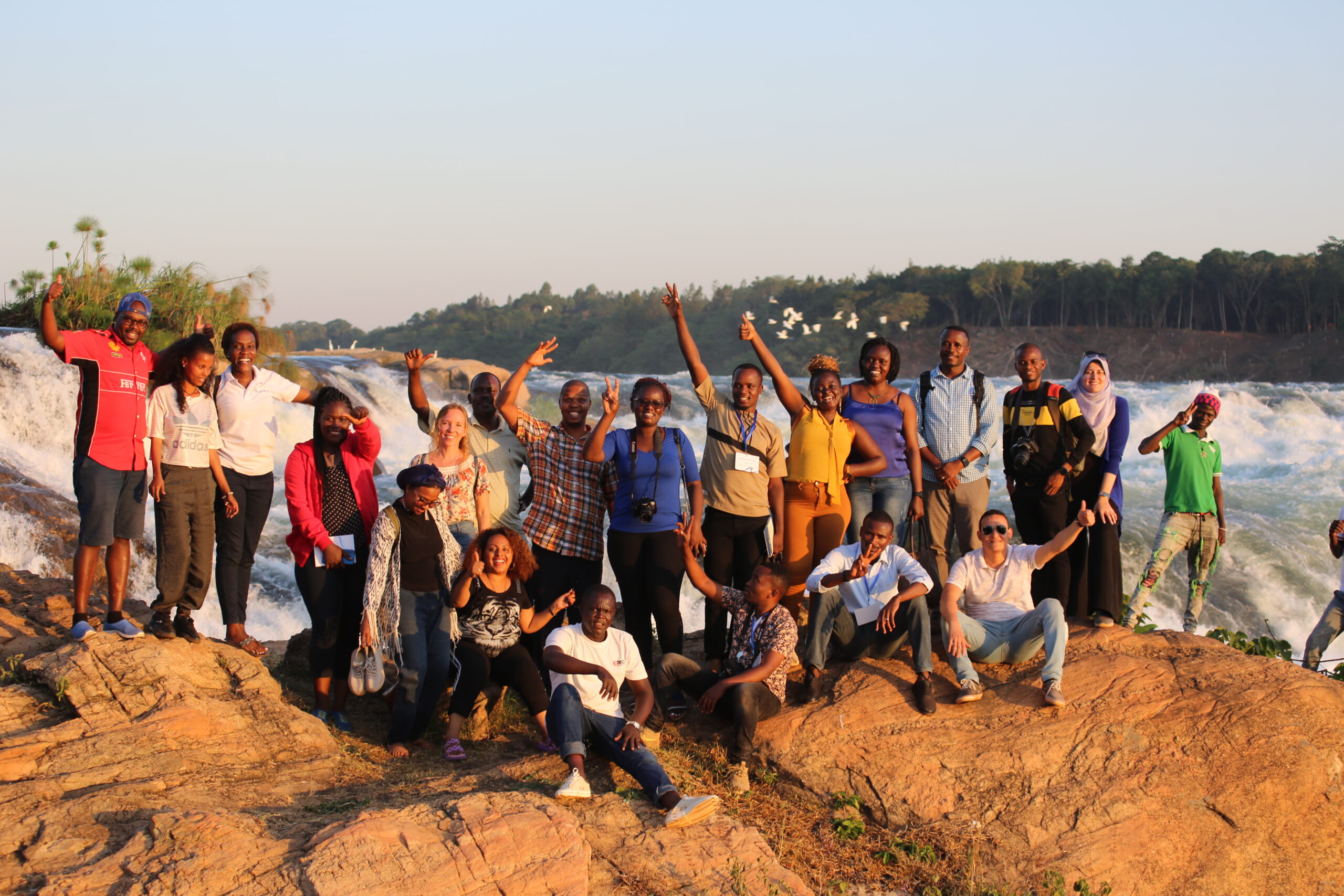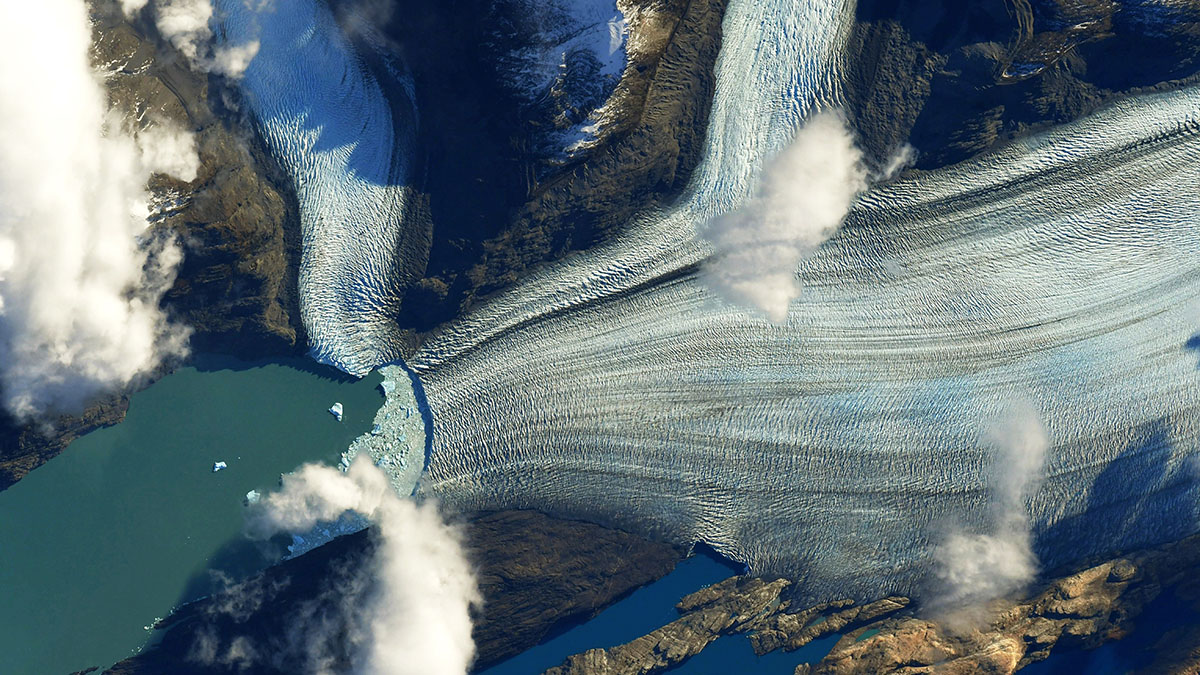HERE’S HOW TO DO IT.
How to perform cross border journalism – lessons from the Nile Basin
At a time when climate change knows no borders, cross-border journalism is more crucial than ever. By connecting global stories and highlighting shared solutions, journalists can foster international collaboration, drive collective action, and amplify the urgency of addressing the climate crisis on a unified front.
By Mactilda Mbenywe
Cross-border journalism plays an important role in putting these local events in context, making the distant effects of localized environmental degradation more tangible and urgent to international audiences. As a journalist working in Africa, I have had the unique opportunity to collaborate with colleagues from the eleven countries within the Nile Basin. This collaboration has not only broadened my perspective but has also deepened my understanding of the multifaceted impacts of climate change in this ecologically and politically complex region.
Understanding the Nile Basin and climate change
The Nile Basin is a region that spans over 11 countries, including Burundi, the Democratic Republic of Congo, Egypt, Ethiopia, Kenya, Rwanda, South Sudan, Sudan, Tanzania, and Uganda. The Nile Basin is critical for these countries because it provides essential water resources, supports agriculture and economies, maintains diverse ecosystems, and fosters cooperation among nations, significantly impacting their combined populations. It is home to over 300 million people who depend on the Nile River for agriculture, drinking water, and hydroelectric power. Climate change poses a significant threat to the Nile Basin. Changes in rainfall patterns, increased temperatures, and extreme weather events are affecting water availability, food security, and the livelihoods of millions. As journalists, we bear the responsibility to explore these urgent issues across borders to highlight shared challenges, possible solutions, and best-practice cases.
Successful Collaborations: Strategies and Outcomes
Collaboration among journalists across the Nile Basin has enabled the creation of comprehensive, nuanced stories that reflect the diverse impacts of climate change across different regions Between 2021 and 2023, journalists Joel Kaguta from Daily Monitor in Uganda, Eric Twahirwa from Deepnews.org in Rwanda, Espoir Iradukunda from Inside Burundi Media in Burundi and Mactilda Mbenywe from The Standard, Kenya collaborated to investigate the challenges facing rivers within the Nile Basin. Here are some successful strategies we’ve employed.
Evidence of Impact
One of the most impactful stories generated through our collaboration was a series on the effect of erratic rainfall patterns across the basin. This series highlighted how changing rainfall is affecting water in urban rivers within the Nile Basin. The story was syndicated across multiple media outlets in the basin, raising awareness and sparking discussions on regional water management policies. The article Shrinking Lakes draws attention to the urgent need for collective action to address shrinking lakes and their repercussions on millions of people across borders. While this article focused on enhancing energy security, fostering economic cooperation, and potentially mitigating conflicts over water resources among neighboring nations.

Challenges and Solutions
Collaborations like these come with various limitations. For instance, many journalists, especially those in developing countries or working for smaller, less financially robust media outlets, face significant resource constraints. These constraints can include limited access to travel funding, advanced technology, and research tools, which are often necessary for deep, investigative reporting. These were the challenges we faced in our project:
Logistical and financial constraints: Operating across different countries can be expensive and logistically complex. We’ve countered this by securing funding through international grants specifically aimed at environmental journalism. We received a grant from Infoline to execute our stories.
Political sensitivities: Reporting on transboundary water issues can be politically sensitive. We’ve navigated this by ensuring our reporting is balanced and fact-based, avoiding the amplification of conflicts. We ensured balanced and fact-based reporting on politically sensitive transboundary water issues by double-checking our facts, carefully choosing our language, and consistently avoiding the amplification of conflicts to maintain objectivity and neutrality in our coverage.
The Nile Basin collaboration offers a powerful model for climate reporting worldwide.
Here are my key takeaways:
Follow the story
Climate change doesn’t know borders. Follow its impacts, from source to sea, to reveal the full picture.
Collaborate
Join forces with fellow journalists, sharing resources and expertise. Together, you can achieve far more.
Amplify local voices
Communities on the frontlines of climate change have the most powerful stories. Give them a platform.
Demand action
Hold those in power accountable. Use your platform to push for the changes needed to secure a safe and just future. The Nile Basin is a microcosm of the global climate crisis. Through collaboration and determination, we were able to expose facts and give a voice to those nobody listened to. Both will hopefully inspire political action needed to foster cross-border solution
Menu



